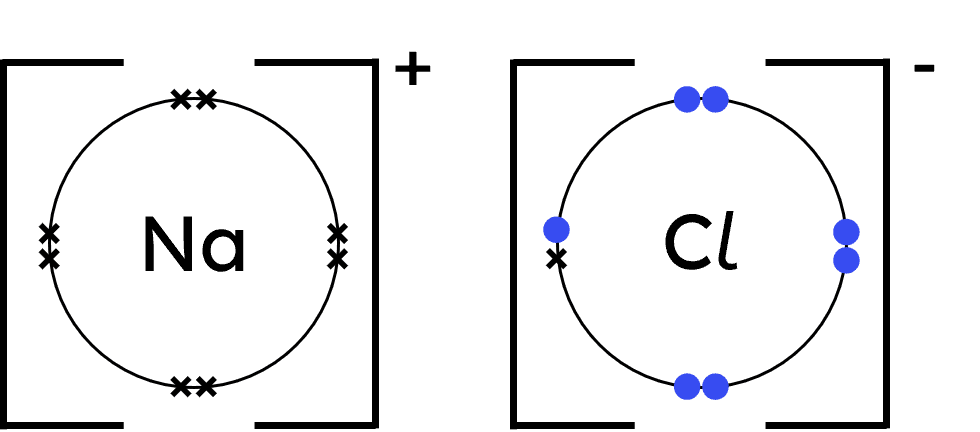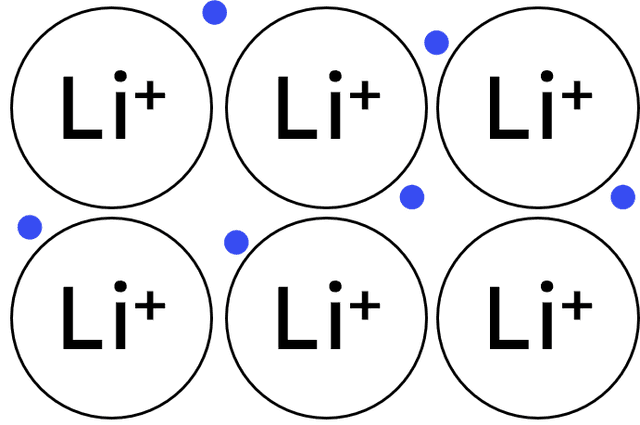Bonding to carbon atoms
I can describe how each carbon atom can form up to four covalent bonds with up to four non-metal atoms.
Bonding to carbon atoms
I can describe how each carbon atom can form up to four covalent bonds with up to four non-metal atoms.
These resources will be removed by end of Summer Term 2025.
Lesson details
Key learning points
- Carbon atoms will form up to four covalent bonds (as they will fill their outer shell with four more electrons).
- Carbon atoms can combine with other non-metal atoms to make a wide range of molecules, some with chains and rings.
- An organic compound contains two or more elements (including carbon).
- A lot of organic compounds also include hydrogen, oxygen and nitrogen.
- Organic compounds can be found both in nature, but also produced synthetically.
Keywords
Octet rule - The tendency for atoms to fill their outer shell to 8 electrons to become stable. This occurs through chemical bonding, and results in the electron configuration of a noble gas.
Covalent bond - The strong electrostatic attraction between a shared pair of electrons and the nuclei of the bonded atoms.
Molecule - A particle consisting of a fixed number of (two or more) non-metal atoms covalently bonded together.
Organic compound - A chemical compound in which one or more atoms of carbon are covalently linked to atoms of other elements, most commonly hydrogen, oxygen, or nitrogen.
Common misconception
Atoms are often anthropomorphised, described as 'wanting' full shells. This implies intent and oversimplifies chemical bonding.
Focus on the tendency of atoms to fill their outer shell to 8 electrons to become stable. Emphasise carbon atoms do this by sharing electrons in covalent bonds.
To help you plan your year 10 combined science lesson on: Bonding to carbon atoms, download all teaching resources for free and adapt to suit your pupils' needs...
To help you plan your year 10 combined science lesson on: Bonding to carbon atoms, download all teaching resources for free and adapt to suit your pupils' needs.
The starter quiz will activate and check your pupils' prior knowledge, with versions available both with and without answers in PDF format.
We use learning cycles to break down learning into key concepts or ideas linked to the learning outcome. Each learning cycle features explanations with checks for understanding and practice tasks with feedback. All of this is found in our slide decks, ready for you to download and edit. The practice tasks are also available as printable worksheets and some lessons have additional materials with extra material you might need for teaching the lesson.
The assessment exit quiz will test your pupils' understanding of the key learning points.
Our video is a tool for planning, showing how other teachers might teach the lesson, offering helpful tips, modelled explanations and inspiration for your own delivery in the classroom. Plus, you can set it as homework or revision for pupils and keep their learning on track by sharing an online pupil version of this lesson.
Explore more key stage 4 combined science lessons from the Chemistry of carbon unit, dive into the full secondary combined science curriculum, or learn more about lesson planning.

Licence
Starter quiz
6 Questions





